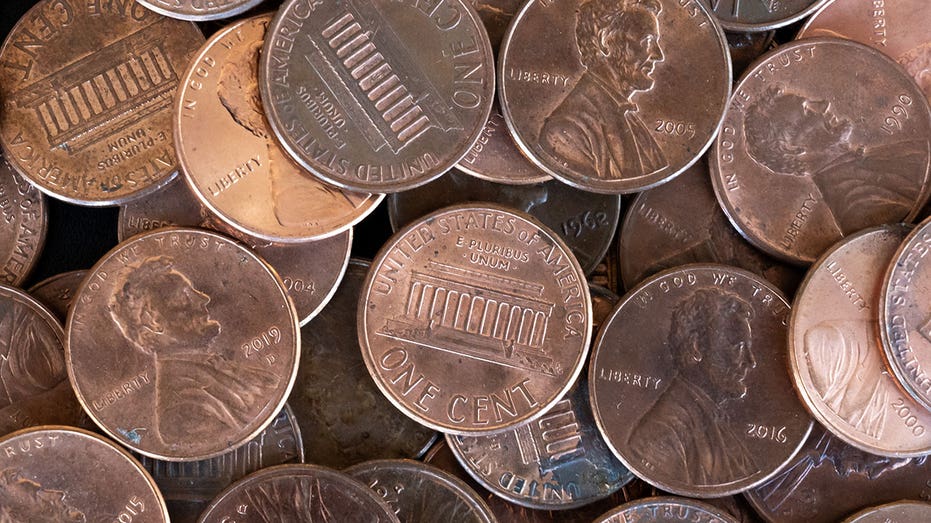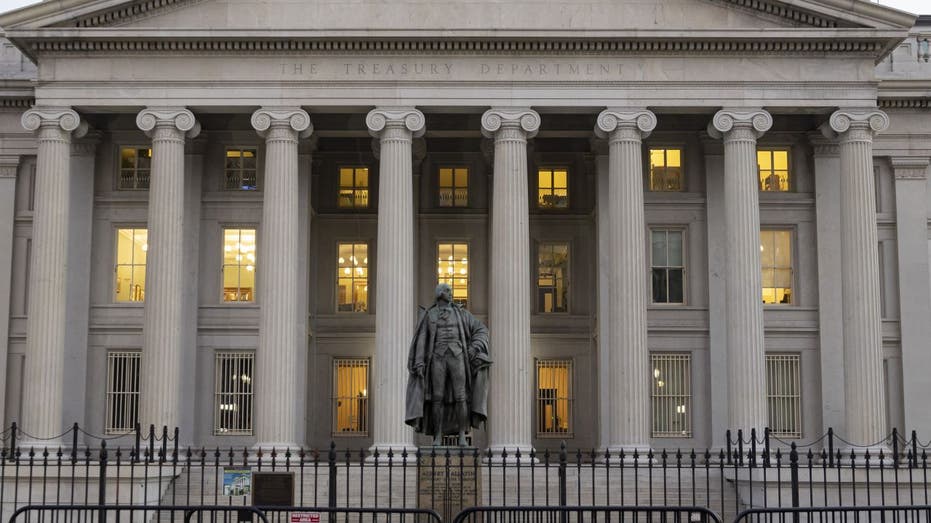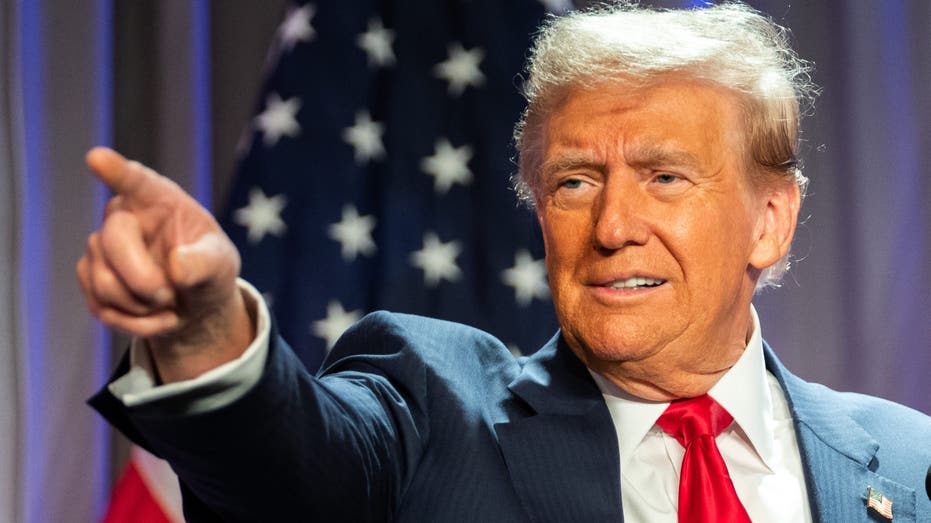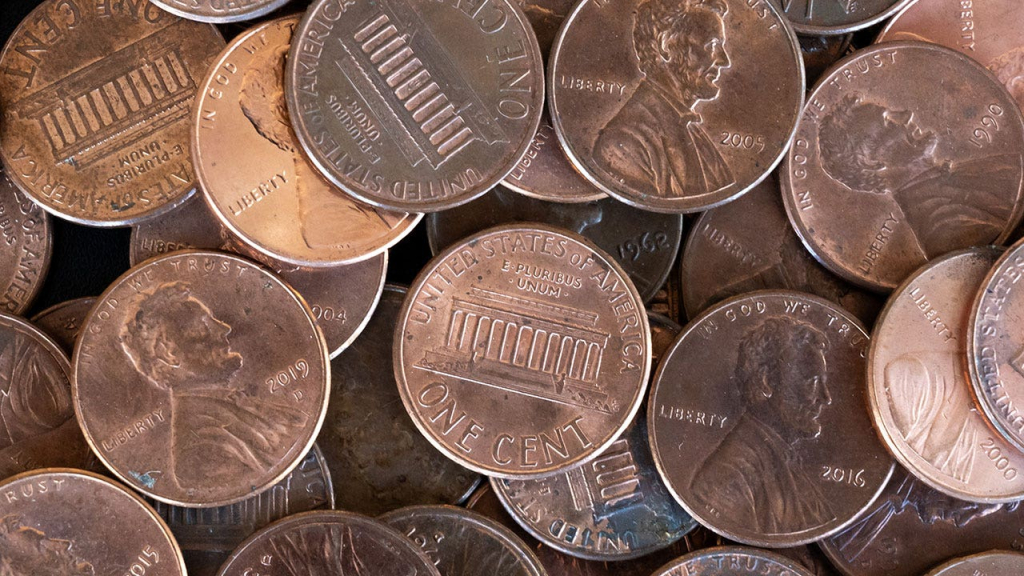The U.S. government is set to discontinue the production of the penny, a coin that has been a staple of American currency for centuries. This cost-saving initiative is anticipated to save the government approximately $56 million annually.
This month, the Treasury Department placed its final order for blank pennies, with plans to cease circulation of the one-cent coin by early 2026. Businesses will need to adjust their pricing strategies, rounding transactions to the nearest five cents, as reported by The Wall Street Journal.
‘MAKES SENSE’: GOP, DEMS UNITE BEHIND TRUMP’S PLAN TO FIRE THE PENNY
The decision to halt penny production comes from the U.S. Mint, the bureau responsible for coin manufacturing. Officials estimate that this move will lead to immediate annual savings due to reduced material costs, particularly as the cost of producing each penny has escalated from just over 1 cent a decade ago to nearly 4 cents today, according to a spokesperson for the Treasury.

This initiative is part of a broader bipartisan push to phase out the penny. In February, former President Donald Trump outlined his intention to end penny production, citing the higher cost of minting compared to its face value.
TRUMP’S PENNY POLICY: IT MAKES SENSE TO STOP MAKING CENTS

HOW TRUMP MIGHT GET RID OF THE PENNY — AND WHAT COULD COME NEXT FOR YOUR POCKET CHANGE

The Treasury Department has the authority to discontinue the minting of coins, while Congress regulates the specifics related to currency such as size and metal composition.
GET Finance Newso BUSINESS ON THE GO BY CLICKING HERE
Currently, approximately 114 billion pennies are in circulation across the United States, though their practical use has been diminishing. The penny, one of the initial coins produced by the U.S. Mint since its establishment in 1792, is now facing obsolescence.


























